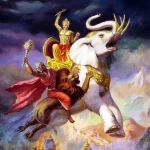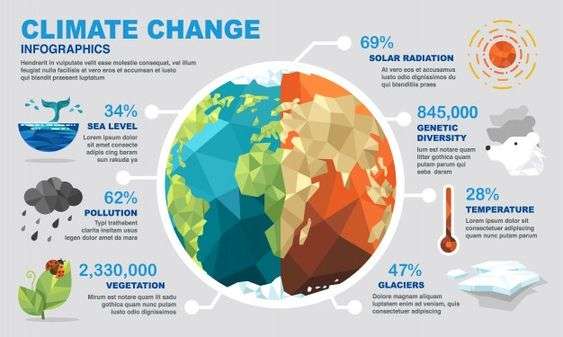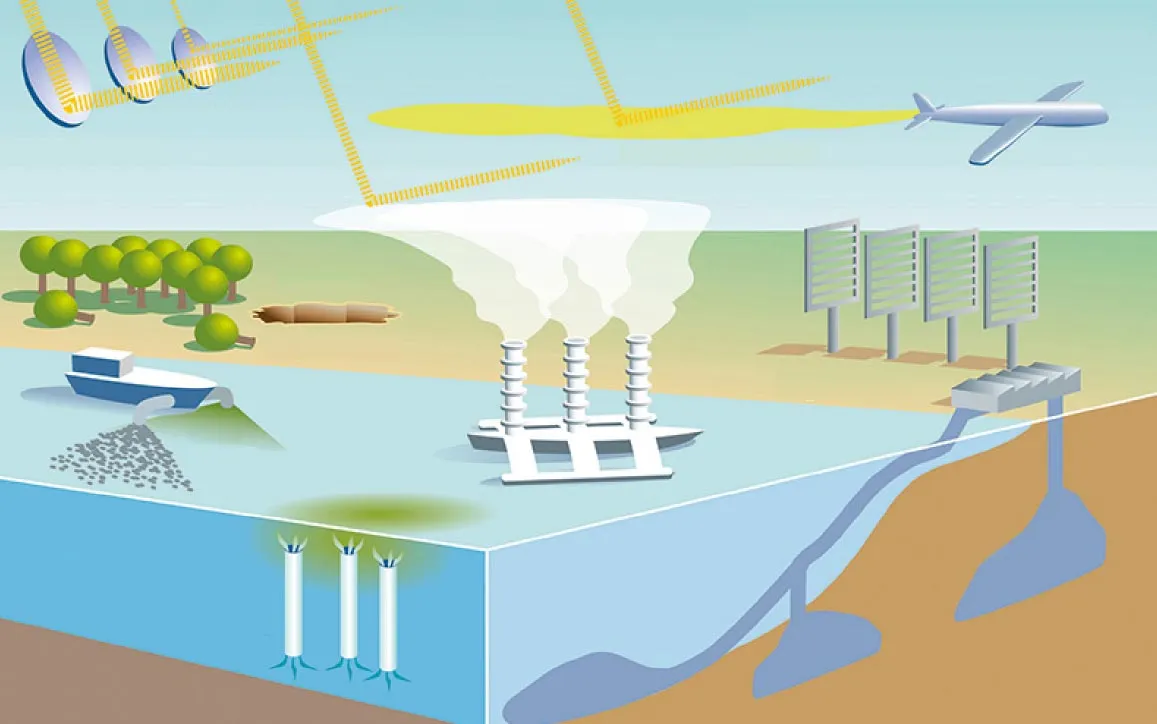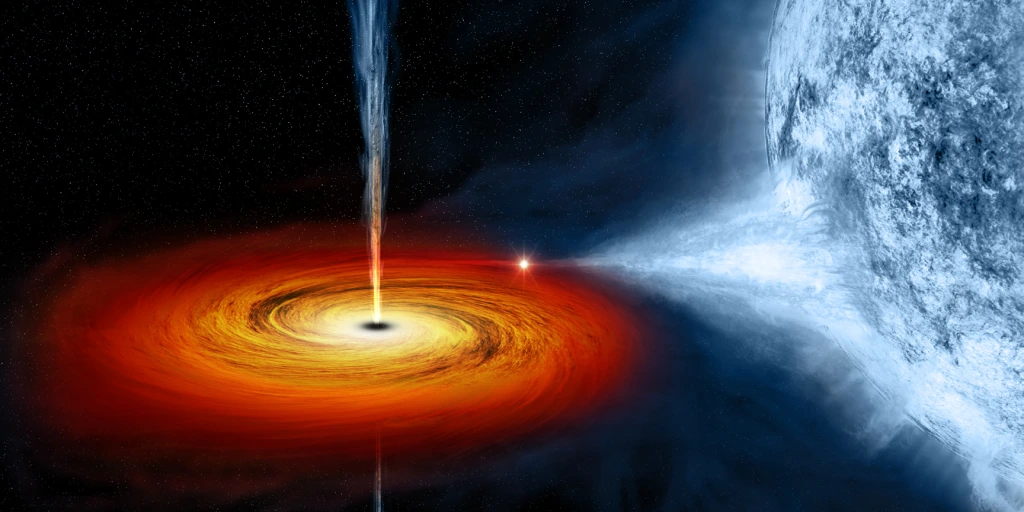Climate Change Is a Natural Phenomenon
Climate Science, Natural Fluctuations
Table of Contents
- Introduction
- The Earth’s Climate History
- 2.1. Geological Timescale
- 2.2. The Ice Ages
- 2.3. Medieval Warm Period and Little Ice Age
- Natural Drivers of Climate Change
- 3.1. Solar Variability
- 3.2. Volcanic Activity
- 3.3. Ocean Currents and Circulation
- The Human Influence on Climate
- Current Climate Trends
- Mitigation and Adaptation Strategies
- 6.1. Reducing Greenhouse Gas Emissions
- 6.2. Renewable Energy Sources
- 6.3. Climate Resilience and Adaptation
- The Ongoing Debate
- Conclusion: A Complex Climate Puzzle
1. Introduction
Climate change has become one of the most pressing global challenges of our time. The prevailing narrative attributes the current climate changes primarily to human activities, especially the release of greenhouse gases. While human-induced climate change is a well-established scientific fact, it’s essential to recognize that climate change is also a natural phenomenon. In this comprehensive exploration, we delve into the fascinating world of climate science, uncovering the intricate interplay of natural fluctuations that have shaped our planet’s climate over millions of years.
2. The Earth’s Climate History
Understanding climate change as a natural phenomenon begins with an examination of the Earth’s climate history. The planet’s climate has undergone significant variations long before human civilization emerged.
2.1. Geological Timescale
On the geological timescale, the Earth’s climate has experienced periods of extreme cold (glacial periods) and warmth (interglacial periods). These natural climate oscillations have shaped the world’s landscapes and ecosystems.
2.2. The Ice Ages
Ice ages, characterized by extensive glaciation, have recurred over the past 2.4 billion years. These icy epochs have dramatically influenced the Earth’s surface, carving out vast landscapes and affecting sea levels.
2.3. Medieval Warm Period and Little Ice Age
The Medieval Warm Period (approximately 950-1250 AD) and the subsequent Little Ice Age (about 1300-1850 AD) were notable climate fluctuations. During the former, temperatures were warmer than today, while the latter brought colder conditions.
3. Natural Drivers of Climate Change
Several natural factors have contributed to climate change over millennia. While these factors continue to influence our climate, they are often overshadowed by the current focus on human-induced changes.
3.1. Solar Variability
The Sun’s energy output varies over time, affecting the Earth’s climate. Periods of increased solar activity can lead to higher temperatures, while reduced solar activity can result in cooler periods.
3.2. Volcanic Activity
Volcanic eruptions inject massive amounts of ash and gases into the atmosphere, temporarily cooling the planet by blocking sunlight. The 1815 eruption of Mount Tambora, for example, led to the “Year Without a Summer” in 1816.
3.3. Ocean Currents and Circulation
Ocean currents and circulation patterns play a vital role in regulating the Earth’s climate. Events like El Niño and La Niña are natural climate phenomena driven by oceanic changes, impacting weather patterns worldwide.
4. The Human Influence on Climate
While natural factors have historically driven climate change, human activities have introduced a new and dominant force. The burning of fossil fuels, deforestation, and industrial processes have released significant amounts of greenhouse gases into the atmosphere, trapping heat and accelerating global warming.
5. Current Climate Trends
Understanding climate change as a natural phenomenon doesn’t diminish the urgency of addressing current climate trends. The planet is warming at an unprecedented rate, leading to rising sea levels, more frequent extreme weather events, and disruptions to ecosystems.
6. Mitigation and Adaptation Strategies
Recognizing the complex interplay of natural and human-induced climate change, it’s crucial to implement strategies that mitigate further warming and adapt to the changes already underway.
6.1. Reducing Greenhouse Gas Emissions
Mitigation efforts focus on reducing greenhouse gas emissions through transitioning to clean energy sources, improving energy efficiency, and implementing carbon capture and storage technologies.
6.2. Renewable Energy Sources
Transitioning to renewable energy sources, such as solar, wind, and hydropower, plays a pivotal role in reducing carbon emissions and mitigating climate change.
6.3. Climate Resilience and Adaptation
Adaptation strategies involve building resilience to the impacts of climate change. This includes developing infrastructure that can withstand extreme weather events, protecting coastal communities from rising sea levels, and preserving biodiversity.
7. The Ongoing Debate
While there is scientific consensus on the reality of human-induced climate change, ongoing debates persist regarding the extent of natural climate variability and its contribution to current trends. Some argue that natural factors may temporarily mask or amplify human impacts, creating uncertainties in climate predictions.
8. Conclusion: A Complex Climate Puzzle
Understanding climate change as a natural phenomenon doesn’t absolve humanity of its responsibility to address the current crisis. Instead, it highlights the intricate puzzle of climate science, where natural and human-induced factors intersect. To tackle this challenge effectively, we must continue to reduce emissions, transition to sustainable practices, and adapt to the changes that are already unfolding. Climate change remains a complex and urgent issue that requires a multifaceted response from individuals, communities, and nations alike.
Do Follow Us On Twitter – https://twitter.com/Uniqverses708
We Have a Wide Range of Unique information For You On uniqverses.com
Please like, comment & Share if you want us to keep bringing these amazing and unique information for you.










One thought on “Climate Change Is a Natural Phenomenon: Climate Science, Natural Fluctuations”